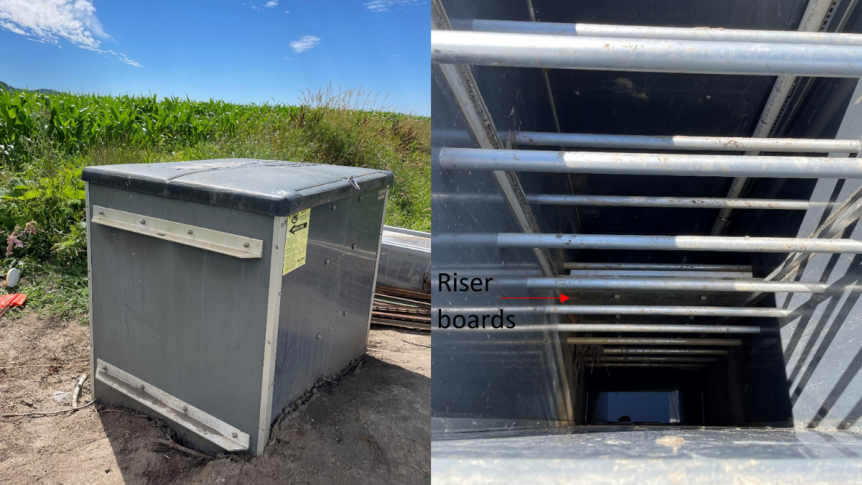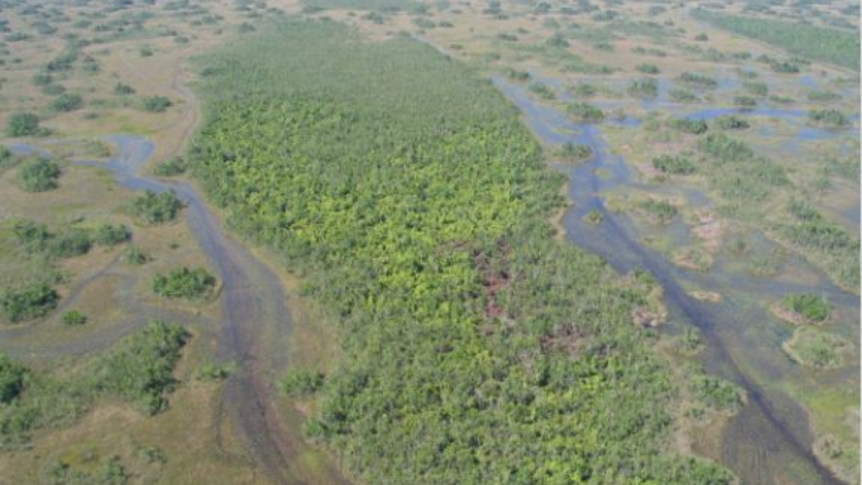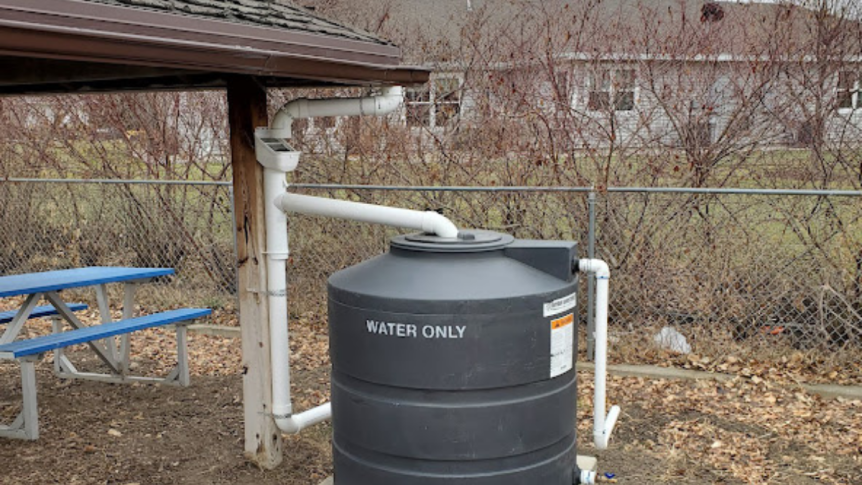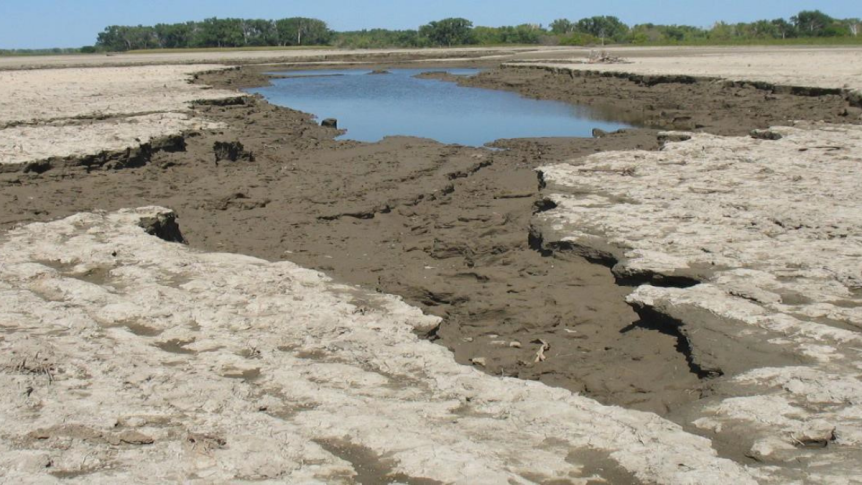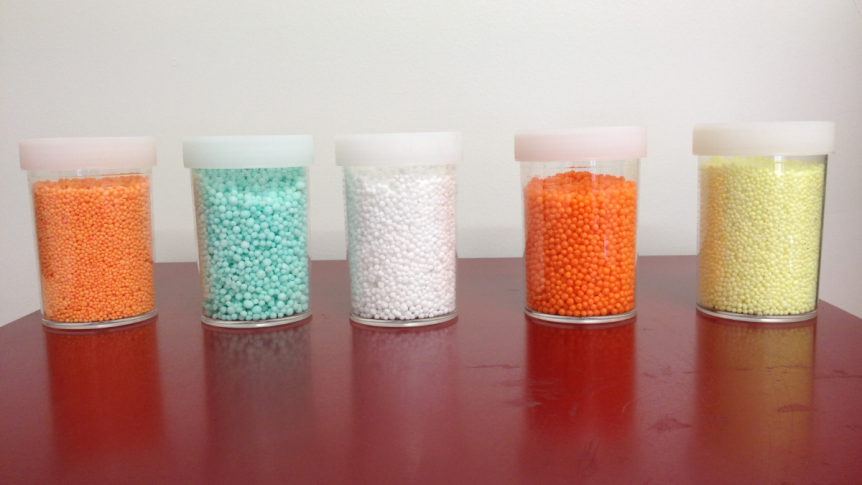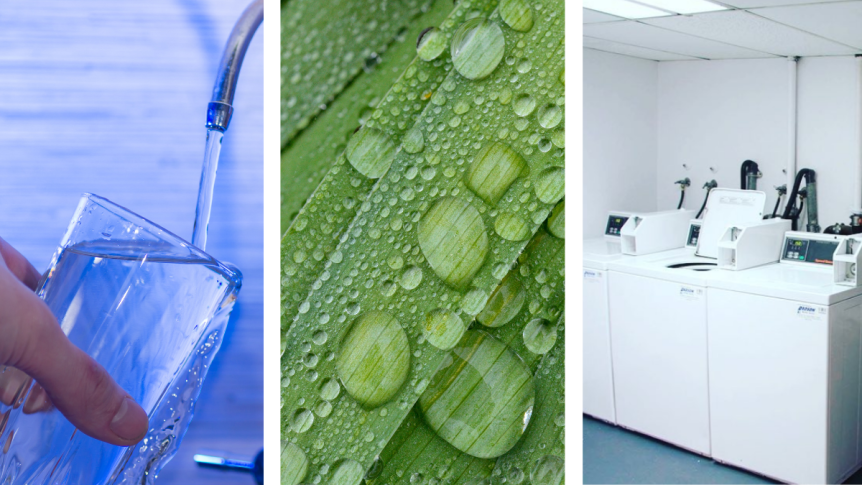Since the beginning of agriculture, people have recognized that a sufficient water supply is essential for crop production. The capacity of soil to store and supply water for plant growth is a fundamental agroecosystem service. It also is a soil health indicator. How well this soil water storage function performs affects water use efficiency, irrigation … Continue reading What affects how well soil holds water?
Tag: Water
What is controlled drainage and subirrigation?
One of the most important jobs for a grower is managing water. Some areas of the United States have plenty of rainfall throughout the growing season. Others do not. And still others have too much water at some times of the year and not enough water at others. All of these different farm fields need … Continue reading What is controlled drainage and subirrigation?
Does the soil on a baseball field influence the players?
In a word, yes, the type of soil on the baseball field greatly affects how players perform! Professional baseball fields are built from many types of soil. You might never guess that beneath the athletes’ feet is a precisely-engineered mixture made of multiple components. We call these materials “engineered soils.” Engineered soils are designed and … Continue reading Does the soil on a baseball field influence the players?
What is a tree island, and how does it help with carbon storage?
We explored how coastal areas are capable of storing carbon at a great capacity in a recent blog. The Everglades in southern Florida are also known as a reserve of carbon storage. Some areas of the Everglades have “tree islands” and a recent study showed they are capable of storing more carbon and other nutrients … Continue reading What is a tree island, and how does it help with carbon storage?
How does low-impact development help manage stormwater?
Cities can have many benefits when designed well, including reducing carbon imprints. Another way cities can improve their environmental impact is by using “low-impact development” with regard to water management. Also called “green stormwater infrastructure,” it provides planners with a toolbox of practices and approaches to manage water during rain events and snowmelt. On undeveloped … Continue reading How does low-impact development help manage stormwater?
How does soil moisture impact our lives?
Soil moisture is key to understanding the land's surface and all the activities that occur there, both seen and unseen. These include agriculture, hydrology, weather, and human health, to name just a few. But first it is important to understand what soil moisture is. Soil moisture is the available water contained within the matrix of … Continue reading How does soil moisture impact our lives?
What are controlled-release fertilizers?
Many of us who enjoy gardening or grow plants in pots on the balcony use fertilizers that are characterized as “enhanced.” They may have descriptions like “improved nutrient uptake,” “6 months feeding” and “feed and forget.” We use the fertilizer to provide extra nutrients to the plants we grow. But what makes these products enhanced fertilizers … Continue reading What are controlled-release fertilizers?
How can homeowners recycle grey water?
Here in California – and in many parts of the world – water scarcity is a way of life. Thankfully, most of the water that we use indoors can be safely reused for outdoor irrigation and toilet flushing. This is called grey water. Grey water is used water from sinks, showers and washing machines. It … Continue reading How can homeowners recycle grey water?
What are blue, green, and grey water?
One of the most precious resources on earth is dwindling, and its decline affects the lives of everyone on earth. Its scarcity is costly in economical, biological, and ecological terms. It’s not oil, but a resource even more precious – water. Though we may see water frequently, not all of it is available for animal … Continue reading What are blue, green, and grey water?
How do wild pigs affect riparian systems?
If you live in the southeastern United States, there’s a good chance you’ve encountered wild pigs or their damage. They can live along stream beds and dig in fields or along roadsides. In the U.S., wild pigs are an invasive species and don’t have many predators. They can affect water quality, compete with native species … Continue reading How do wild pigs affect riparian systems?

